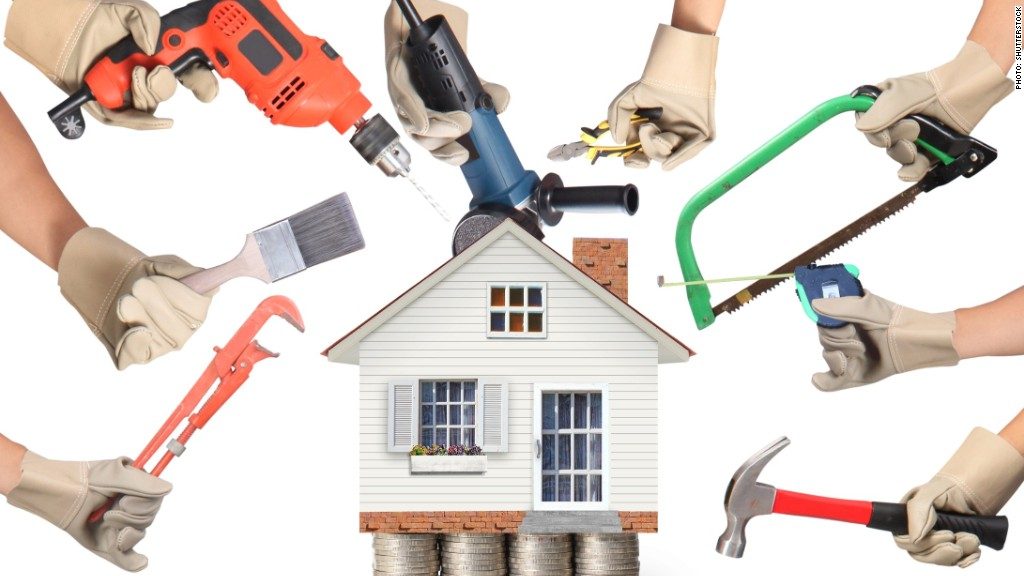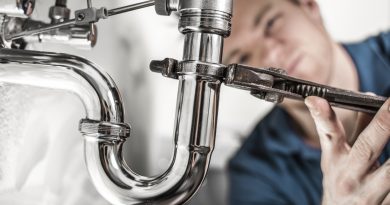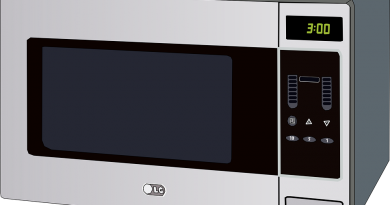Hidden Expenses in Your Home and How to Fix Them
Owning a home offers many advantages, like paying yourself monthly and leaving a legacy to your children. However, anything worthy comes with a considerable price tag these days — how can you lower yours?
Many times, the culprit is lost through excessive utility bills. Guess what — you don’t have to be a handyman to make minor adjustments that save big bucks. Here are four types of hidden expenses in your home and how to locate and fix them.
Contents
1. Air Leaks
When Old Man Winter arrives, use him as a guide as to when you need to get out the caulk gun. Sealing the cracks around entryways like windows and doors can save you a small fortune and doesn’t take much know-how. Ask the representative at your local hardware store what kind of materials to buy, add a gun and spend the afternoon feeling like a savvy Bob Vila. Your estimated cost only rings in at around $20 — you might save that much the first January.
What if replacing the caulk and stripping no longer does the trick? If you still feel a draft by your front window, replacements may be in order, especially if you own an older home. Time wears away the seal between the pane and sash, letting cold air enter, but a new set of high-quality windows will stop the leak for a few more presidencies.
2. Worn-Out Insulation
Your windows and doors are the most likely culprit behind winter heating bill vampirism, but they’re not the only place air can escape. The next time you crawl up to your attic to retrieve your seasonal decorations, take the time to inspect your insulation.
If you want to make your house snug as a bug in a rug, start with your attic floor. This project requires you to move the stuff within out — hello, springtime yard-sale sorting. Then, pull up your flooring and put new insulation on top of the old. Finally, attack those areas around exhaust fans, pipes, wires, windows and ducts.
Do your tootsies always freeze in your home office? If it sits above your uninsulated garage, there’s your problem — you may as well be putting your piggies on the cold outside ground. Get busy, starting by insulating your car corral ceiling, then moving on to the walls and the door. You do yourself a double money-saving service with this tip, as cold weather can also damage your vehicle’s engine life, leading to more frequent dealership trips.
3. Leaky Pipes
Heat isn’t the only utility you need — it just seems like the most vital one when it’s 40-degrees below zero. However, if your water bill has crept up of late with no change in your monthly rate, it’s time to look for hidden plumbing leaks. Identifying them also helps eliminate toxic mold that can cause no end of respiratory distress and headaches.
If you suspect a leak, check the cabinets under sinks to test for dampness. If you find any, you know you have a problem. However, sometimes, leaks spring inside walls — stay alert to clues like discoloration, bubbling paint and wallpaper, a dripping sound or a musty smell.
While you may want to do nothing more than staying inside wrapped up in your Sherpa blanket, inspect the outside of your home, too. Cracks in exterior spigots often cause water to flood interior walls, causing wood rot and mold headaches.
4. Electrical Vampires
Another set of culprits that could waste both your water and your electricity are your appliances. Since 1992, all new ones come with an Energy Star rating displaying their efficiency — manufacturers know this and keep making better and better products. If yours are 25-year-old or more, it may be time to start thinking about replacement.
A new fridge costs a pretty penny, but please don’t automatically gravitate toward the least-expensive model. Remember, this appliance should last you for decades, so opt for quality whenever possible. It’s okay to sacrifice things like an ice-maker if you don’t want the upkeep, but make sure it’s roomy enough and has plenty of drawers to meet your unique needs.
Sometimes, electrical problems are trickier to spot, and they often occur in tandem with hidden plumbing leaks. If you have water inside your walls, it can start to fry your wiring, leaving you at an elevated house-fire risk. Please remain alert for the following signs:
- Buzzing, popping or dimming lights: Yes, overhead fluorescents do emit a signature hum that drives migraine patients nuts, but your Ikea corner number should be silent.
- Frequent circuit breaker trips: Start keeping track of when they occur and what trips them. Doing so can frequently pinpoint the problem for your pro.
- Discoloration, scorching and smoke: This sign often occurs around outlets but can occur anywhere — if it happens on your wall, you had a fire inside it.
- Vibrating or warm wall outlets: Your outlets should feel cool to the touch.
Find and Fix These 4 Hidden Expenses in Your Home
Owning your property offers multiple advantages, but it can become a costly endeavor if you let utility bills skyrocket. Find and fix these four hidden expenses in your home with the above tips.




